 Abraham Lincoln
If given the truth, the people can be depended upon to meet any national crisis...
Abraham Lincoln
If given the truth, the people can be depended upon to meet any national crisis...
 Guildford news...
for Guildford people, brought to you by Guildford reporters - Guildford's own news service
Guildford news...
for Guildford people, brought to you by Guildford reporters - Guildford's own news service
Birdwatcher’s Diary No.238
Published on: 17 Aug, 2021
Updated on: 17 Aug, 2021
By Malcolm Fincham
Too late to squeeze into my previous report, but worthy of note, the last two days of July held a few new surprises. By and large occurring within my own garden and mostly involving butterflies.
While inclement weather continued, there were still enough breaks of sunshine to while away some moments within my small, secluded backyard.
On one such occasion, while attempting to pay attention to a conversation with my long-suffering wife and midway through a list of chores she was lining up for me, we were rudely interrupted by a butterfly that had entered our garden.
At first glance I thought it was a painted lady. Pleased at having my camera to hand, I was even more delighted when I realised it was, to my amazement, a silver-washed fritillary.
I watched it land on our buddleia and to it stayed long enough for me to take a photo. A first for my garden!
Amazingly intricate in their shape, passion flowers were now coming into bloom within the garden and attracting a variety of bees.
House sparrows had made a recent resurgence to my garden feeding station. They could be seen in a group of a dozen or more eating me out of house and home!
Having enjoyed their fill of food, they could then be seen hanging off the walls. Literally! Seed-eating birds such as sparrows are well known to eat mortar for the grit it contains. Birds swallow small pieces of grit to act like teeth in their gizzards, a specialised stomach constructed of thick, muscular walls used for grinding up food.
The grit helps to break down hard foods, such as seeds and the hard exoskeletons of some insects.
They could also have been pecking at the mortar to obtain nutrients from it. This is more common in older houses as our local ones are. Limestone is used in cement and mortar and largely made up of calcium carbonate, a common substance found as rock in all parts of the world.
Still, I couldn’t help but marvel to see a red kite drift over my garden.
In the company of Bob and Dougal, on July 31 we attempted to find brown hairstreak butterflies.
A walk alongside the blackthorn hedge at the top of Pewley Down, where we had seen some last year, regrettably left us without luck. The only fortune was making it back to the car, before the heavens opened and another deluge of rain began to fall.
Serendipity seemed to have its part to play that same day. As the sun came out during the evening I was enlightened by my first-ever sighting of a brown hairstreak in my own back yard. It was perched close to the top of my cherry tree!
We were all delighted the following day on our return to Pewley Down where we were all able to share the sighting of another one.
My personal favourite that day was to get a photo of a Roesel’s bush-cricket.
The long antennae and chunky body are characteristic of a bush-cricket. Commonly found throughout southern and central Europe, its native range stretches from west Europe to western Siberia.
Until the early 20th century, Roesel’s bush-crickets were only found on the south-east coast of the UK. Recent years have seen a rapid expansion in their range, particularly helped by roadside rough grassland and scrub providing a ‘corridor’ for them to travel along.
By the end of the first week of August the local swifts had mostly dispersed from the skies around Stoughton and were winging their way back to Africa. Now seeing just a few a few passing through south, overhead.
A visit to Clandon Wood, mentioned in my previous report, gave up what must be my earliest ever sighting in Surrey of a returning wheatear.
It was certainly the only photo I had got of one there before the wild flowers had been harvested.
I also observed what looked to be a juvenile peregrine as it made a brief appearance.
Marbled white butterflies had dwindled greatly while few small blue butterflies had started to emerge on their second brood.
Brown arguses could also be found.
As well as small copper butterflies.
Grasshoppers were plentiful, including what looked to be a common field?
As well as what appeared to be meadow grasshoppers?
Cinnabar moth caterpillars could be seen feeding on the ragwort leaves.
Seemingly, Britten’s Pond, or at least its surrounding area, was beginning to give-up some long held secrets in respect of butterflies.
Arriving at the car park off Salt Box Road, on the evening of August 3, I noticed in my peripheral vision what looked to be several purple hairstreak butterflies in an oak tree nearby.
But then a large butterfly flew out from the top of the tree. I watched it as it settled in a taller oak on the opposite side of the road. “Purple emperor!” were my immediate thoughts. Hastily taking a few a few photos in the hope of getting one in focus to confirm my sighting.
I greatly admired the swallows and house martins as they skimmed the water across Britten’s Pond catching insects over the water.
I was looking out for that most delightful bird often seen there by the vigilant eyed. Although brightly coloured, the kingfisher has an amazing ability to remain elusive.
Especially at this time of the year while the trees around the pond are so full of leaves.
All the trees apart from the ash trees that line the bank at the back of the pond. It seems ash dieback had found its presence there too.
Can you spot the kingfisher, as I did, among some of the wilting trees on its far bank?
Soaring through in ‘stealth-mode’ across the far side of the pond shortly after was a sparrowhawk!
Even I, despite accepting the horrors nature can bring, winced momentarily and was most grateful that she hadn’t spotted kingfisher!
An adult common tern continued to make an occasional evening visit there, picking up its pre-ordered fish supper.
Most evenings, a grey heron could be seen coming in to roost, while a pair of grey wagtails remained resident.
At the Riverside Nature Reserve, near Burpham an abundance of gatekeeper butterflies were now present, along with several small copper butterflies.
On the River Wey a small cluster of male banded demoiselles danced across the water.
On August 4, Bob and I made a visit to Denbies Hillside near Dorking, in hope of completing the set in the way of sightings and taking photos of procurable butterflies that can be seen within the Surrey boundary.
Having waded through a sea of chalkhill blues, looking like snowflakes blowing in the breeze, we guesstimated over 2,000 as they danced around us.
A low, gurgling croak and deep rasping call caught my attention, allowing me the sight of a raven as it flew low along the hillside.
Other random sightings included a kestrel.
A painted lady butterfly.
As well as a few moths, including, a shaded broad-bar moth.
And a silver Y moth.
After much seeking we came across our “target” species, the silver-spotted skipper butterfly.
The full set had once again been achieved for butterfly species, getting all the ‘gettable’ 42 species available to be found within the Surrey boundary, with all, apart from one, featured in my reports here.
The only one I did see but missed out on photographing was a newly discovered black hairstreak colony on Epsom Common.
Back in June they had been seen in good numbers there during the height of their season. And Bob had managed to capture some good photos at the time. By the time I had returned from my vacation in Cornwall, they had ‘pretty much’ come to the end of their flight-time.
Evenings were now noticeably closing in, the light had faded beyond my camera’s abilities to get a favourable photo not much later than 8pm.
While the days of future will soon pass once more, I spared a thought for the summer birds that I had the pleasance to see arrive on nature’s tide, as summer, for them, was now ebbing away.
Returning to Denbies Hillside on a warm and sunny afternoon on August 14, chalkhill blues had noticeably decreased since our previous visit. Most were now looking quite tatty. Silver-spotted skippers, however, had grown in number, making them a little easier to find, discovering at least a dozen.
The warmth of the sun had even tempted a few adders out for those who wished to find them.
While adonis blue butterflies, although having seen them earlier in the year, were now just coming back out on their second brood.
Keeping to the footpaths as one should, I even managed to photograph a wheatear. The second I have now seen making its return to Africa.
Responses to Birdwatcher’s Diary No.238
Leave a Comment Cancel reply
Please see our comments policy. All comments are moderated and may take time to appear. Full names, or at least initial and surname, must be given.
Click on cartoon for Dragon story: Public Asked for Views on SCC’s Proposal for Reduced Speed Limits



Recent Articles
- Residents Hit By CIL Fees Should Be Offered Full Review, Says Overview Committee
- Plans For New Guildford Preschool Rejected On Road Safety Grounds
- Expert in AI Is New Head of the University of Surrey
- From East Clandon to Paris – Charity Cyclists Complete Epic 24-hour Challenge
- Updated: Local MPs Vote in Favour of Assisted Dying
- Guildford Plans Three-Day Celebration In a Festival of History And Culture
- Local Therapy Garden Supporting Mental Health Shortlisted for BBC Award
- Thousands of Year Six Pupils at Guildford Cathedral for a Special Send Off
- New Surrey Research to Find Solutions to Local Challenges
- Comment: What Are We To Make of the GBC Executive ‘Reshuffle’?


Recent Comments
- John Redpath on ‘Politics Is Not Always a Kind Place’ Says Dismissed Lead Councillor
- Jules Cranwell on ‘Politics Is Not Always a Kind Place’ Says Dismissed Lead Councillor
- Ben Paton on ‘Politics Is Not Always a Kind Place’ Says Dismissed Lead Councillor
- Angela Gunning on ‘Politics Is Not Always a Kind Place’ Says Dismissed Lead Councillor
- Nigel Keane on A281 At Shalford Has Now Reopened Following Repairs to Damaged Roof
- N Hatcher on New Electric Trains Now Arriving at Guildford – 100 Years After the First One Did
Search in Site
Media Gallery
Dragon Interview: Local Artist Leaves Her Mark At One of England’s Most Historic Buildings
January 21, 2023 / No Comment / Read MoreDragon Interview: Lib Dem Planning Chair: ‘Current Policy Doesn’t Work for Local People’
January 19, 2023 / No Comment / Read MoreA3 Tunnel in Guildford ‘Necessary’ for New Homes, Says Guildford’s MP
January 10, 2023 / No Comment / Read More‘Madness’ for London Road Scheme to Go Ahead Against ‘Huge Opposition’, Says SCC Leader
January 6, 2023 / No Comment / Read MoreCouncillor’s Son Starts Campaign for More Consultation on North Street Plan
December 30, 2022 / No Comment / Read MoreCounty Council Climbs Down Over London Road Works – Further ‘Engagement’ Period Announced
December 14, 2022 / No Comment / Read MoreDragon Interview: GBC Reaction to the Government’s Expected Decision to Relax Housing Targets
December 7, 2022 / No Comment / Read MoreHow Can Our Town Centre Businesses Recover? Watch the Shop Front Debate
May 18, 2020 / No Comment / Read More




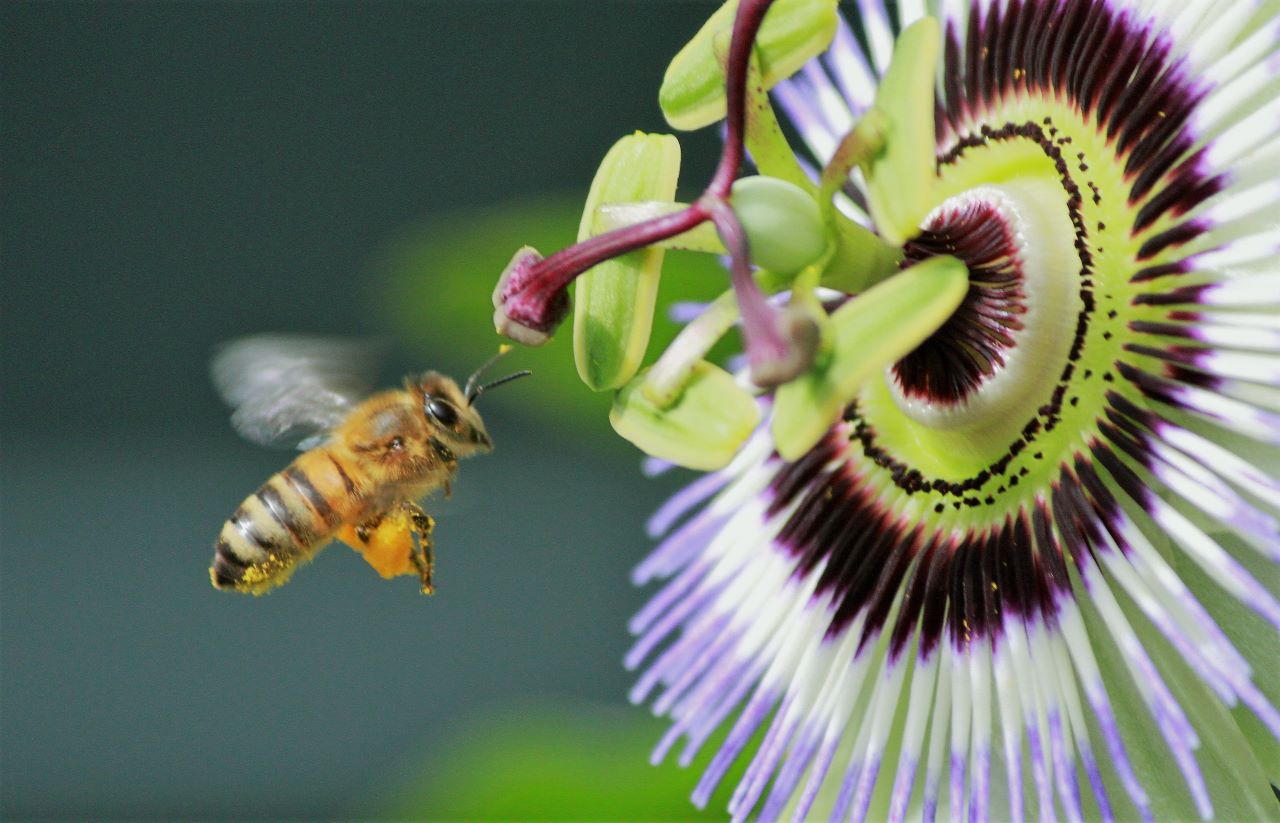
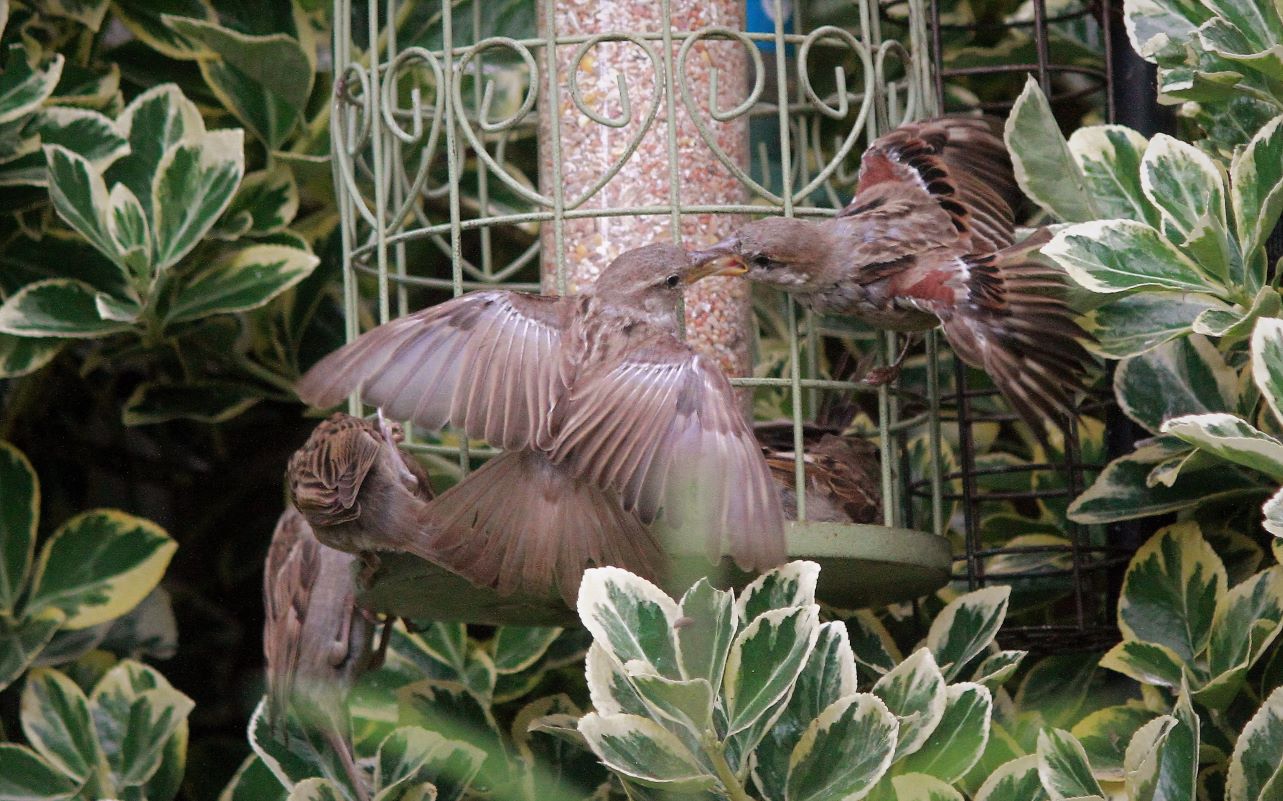
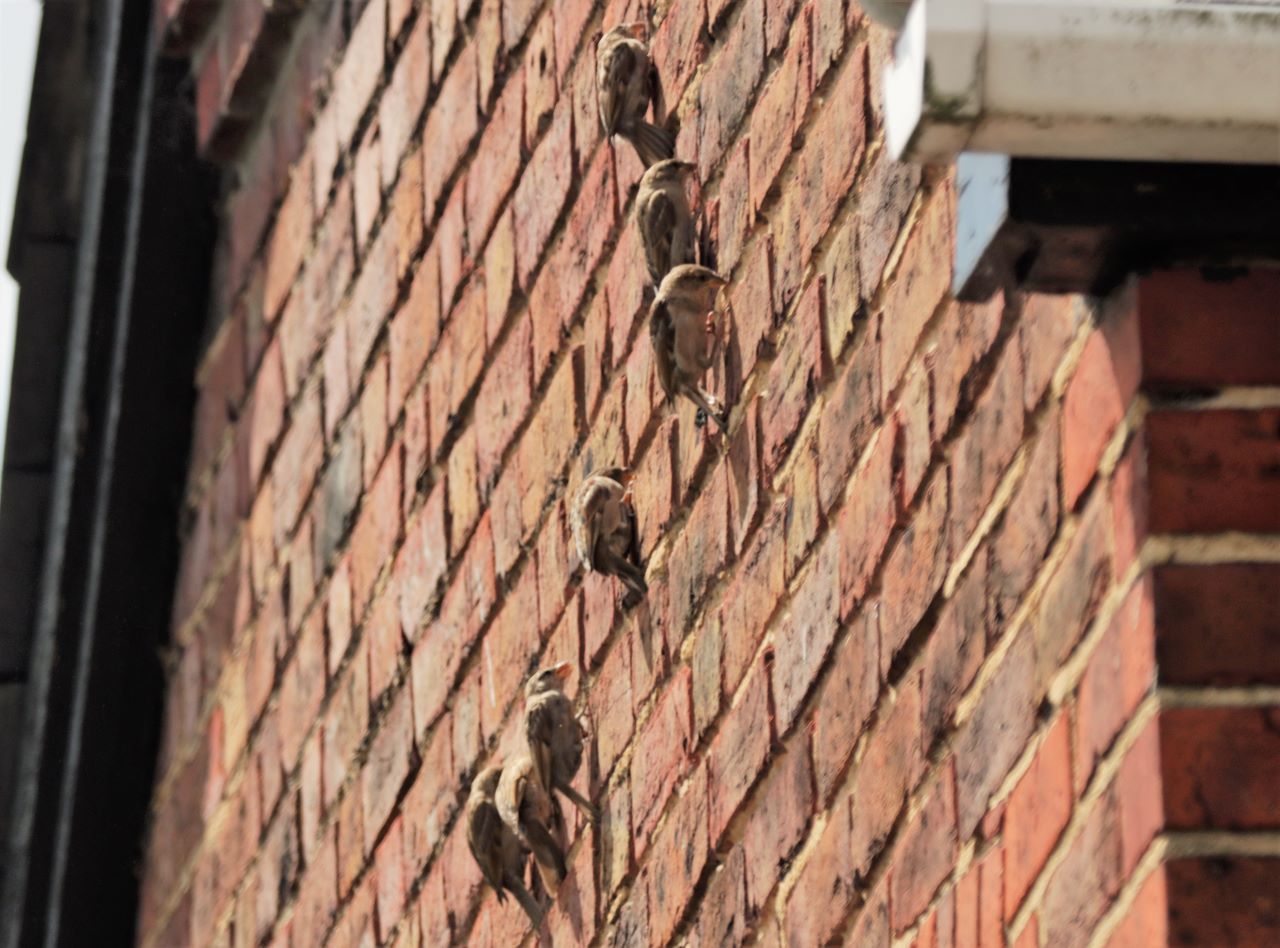

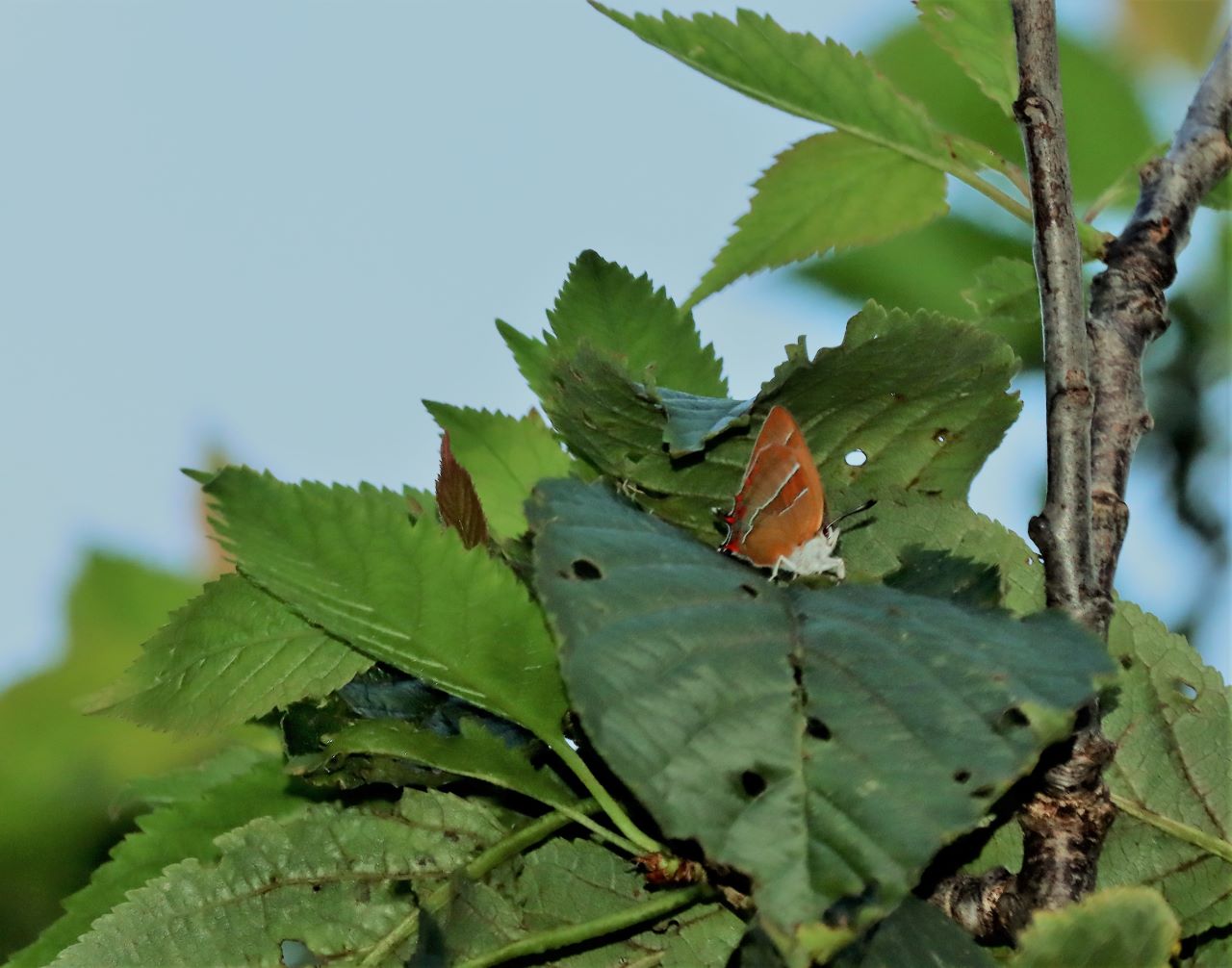
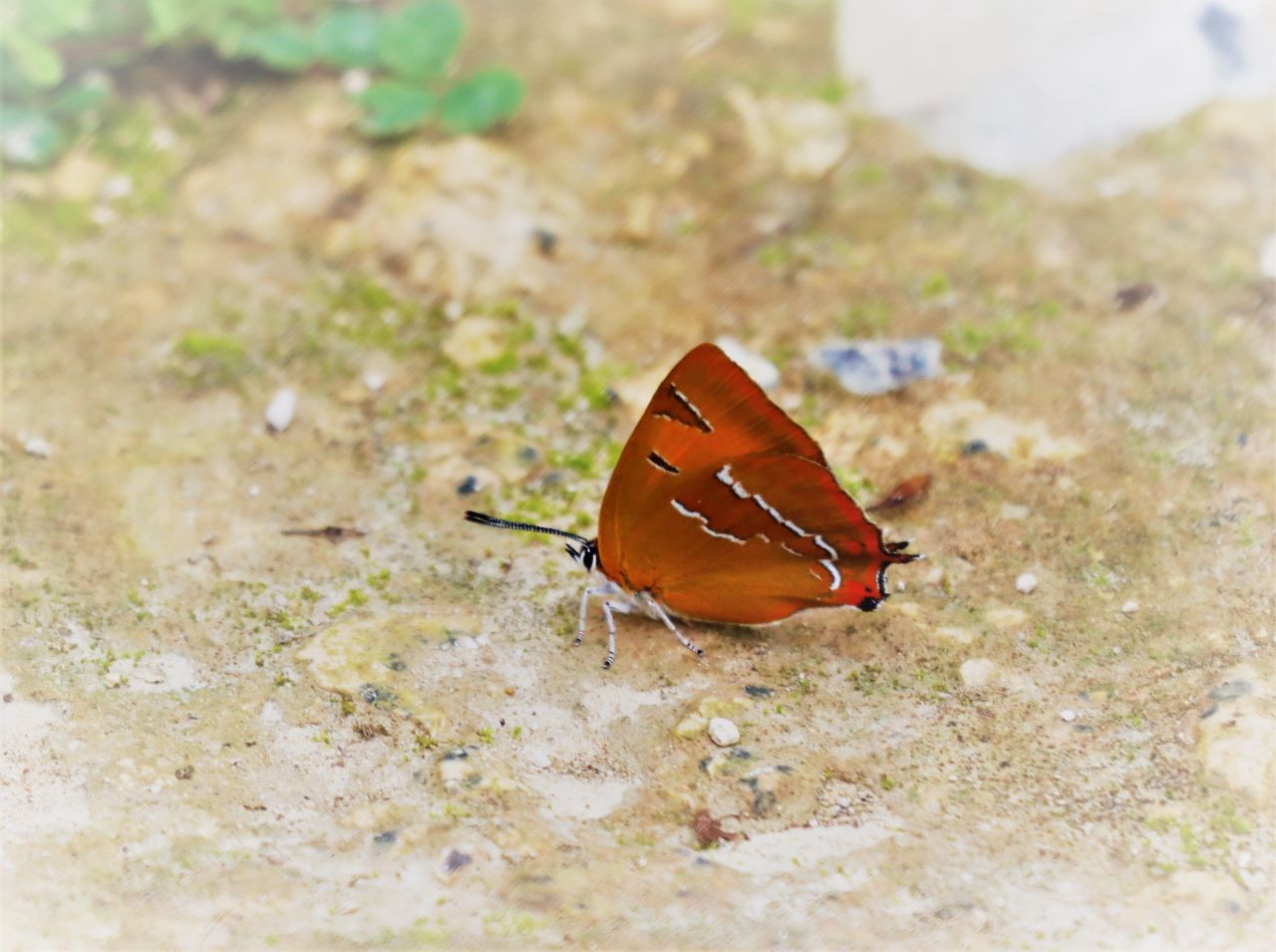
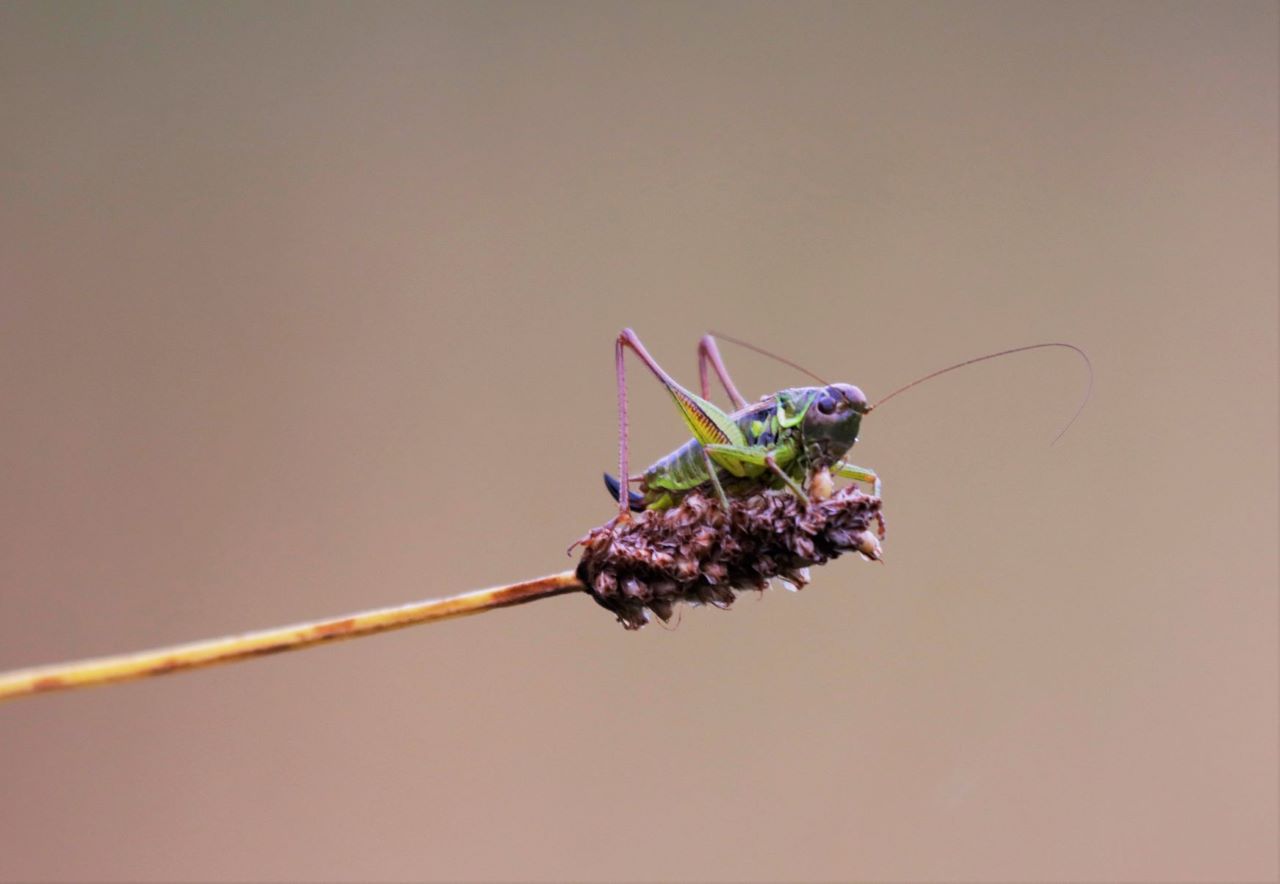
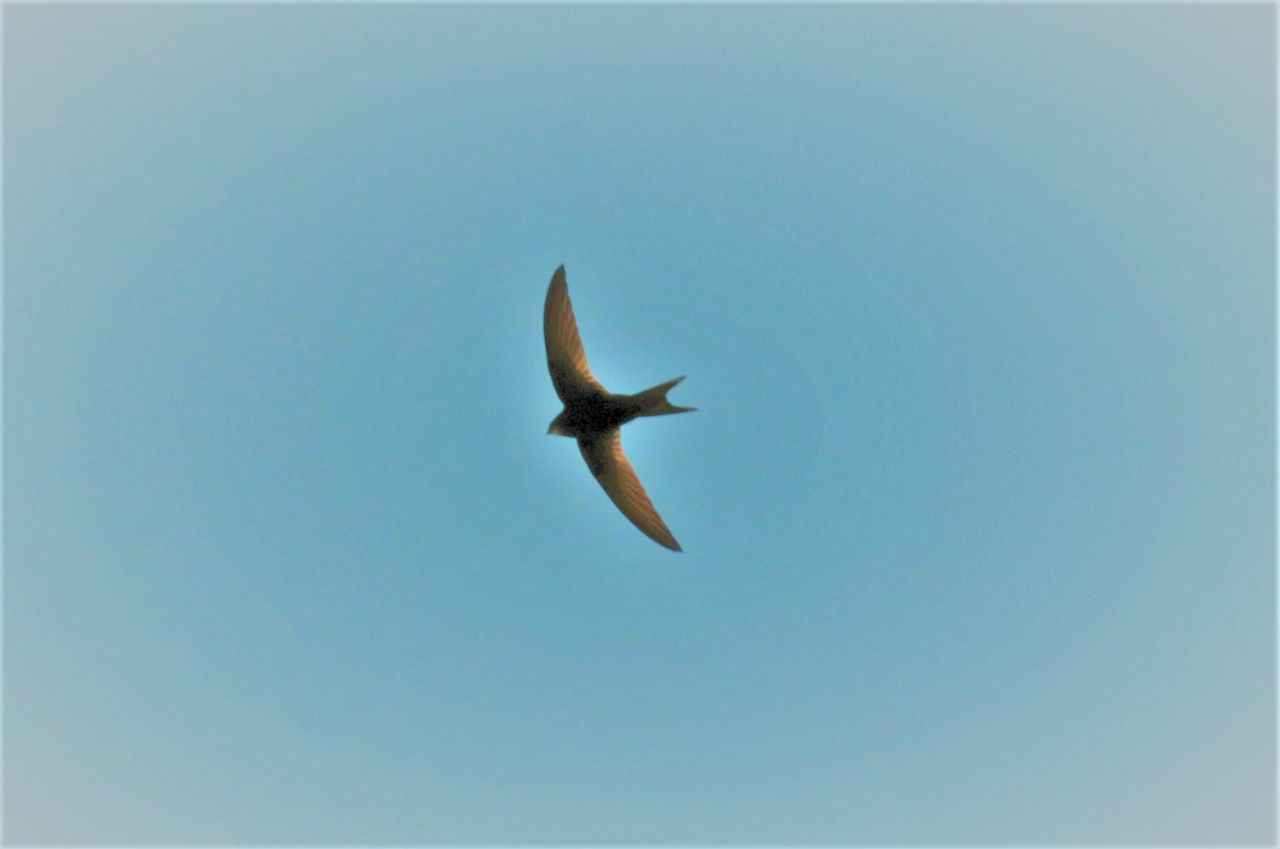

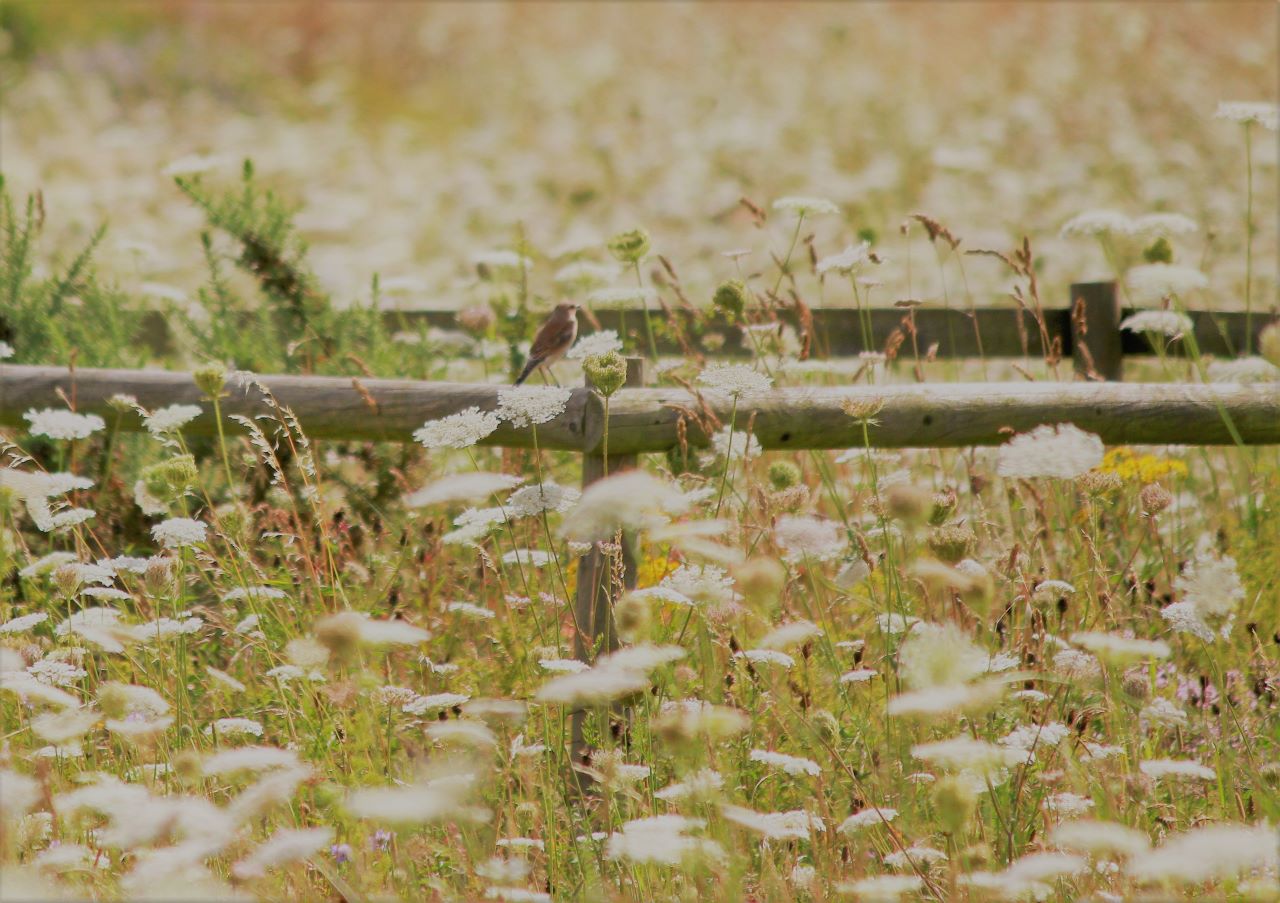
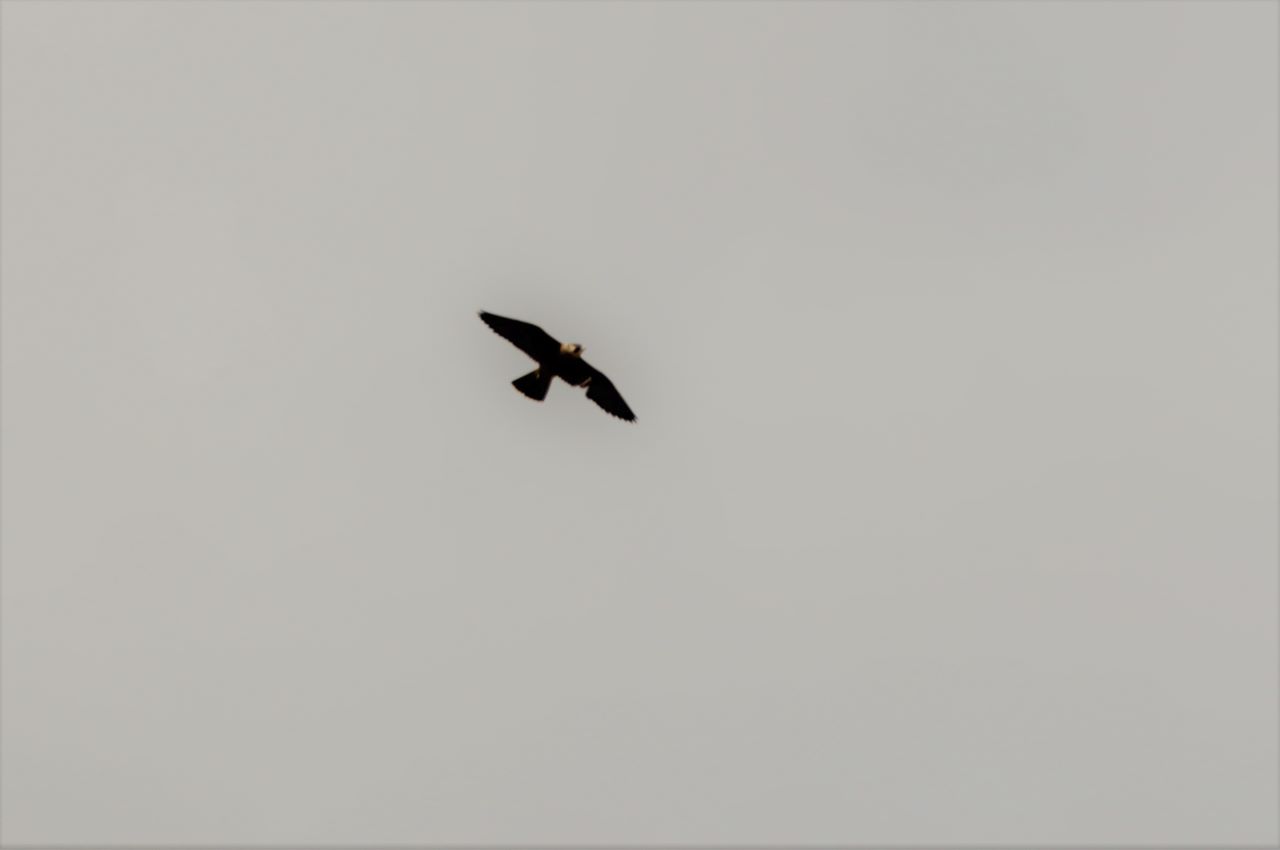
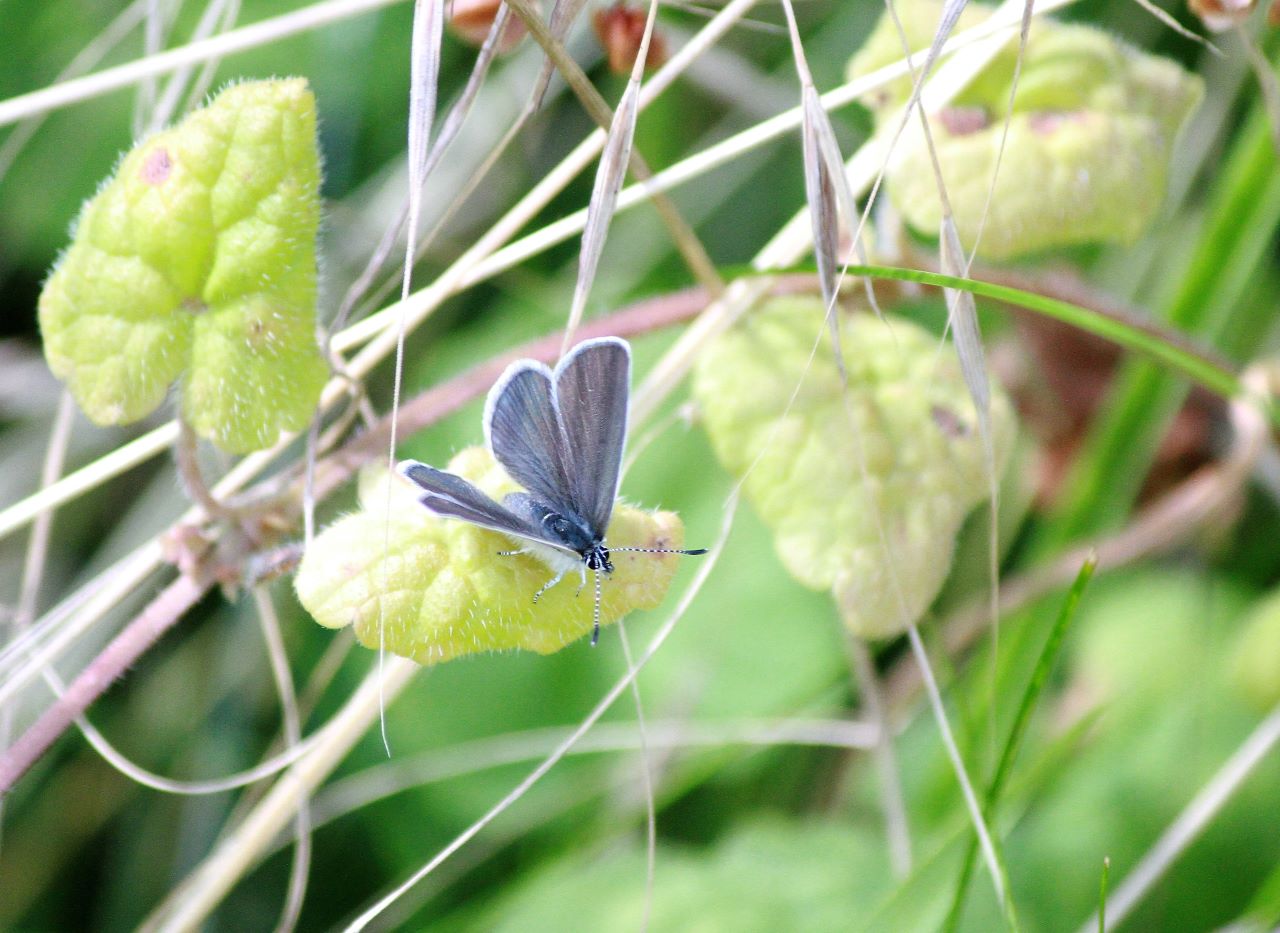
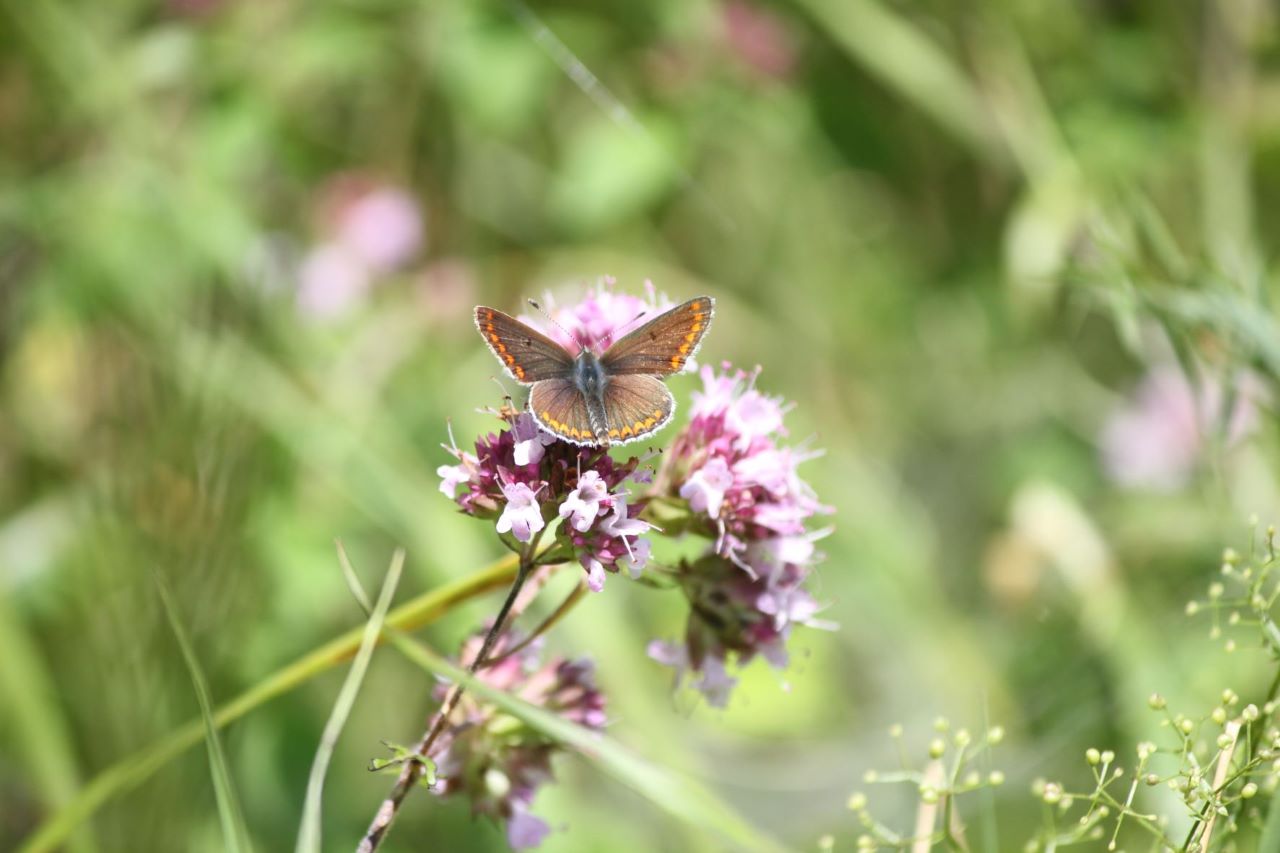

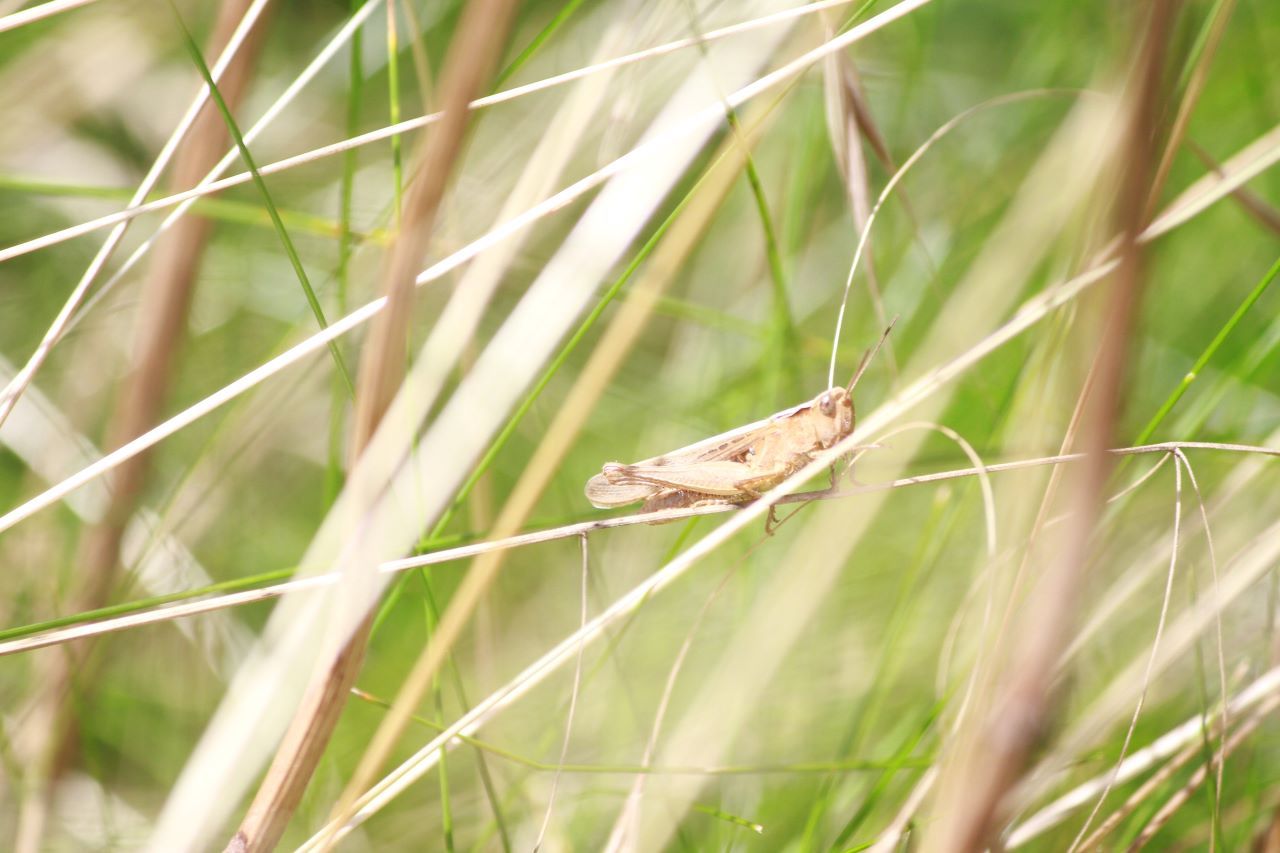
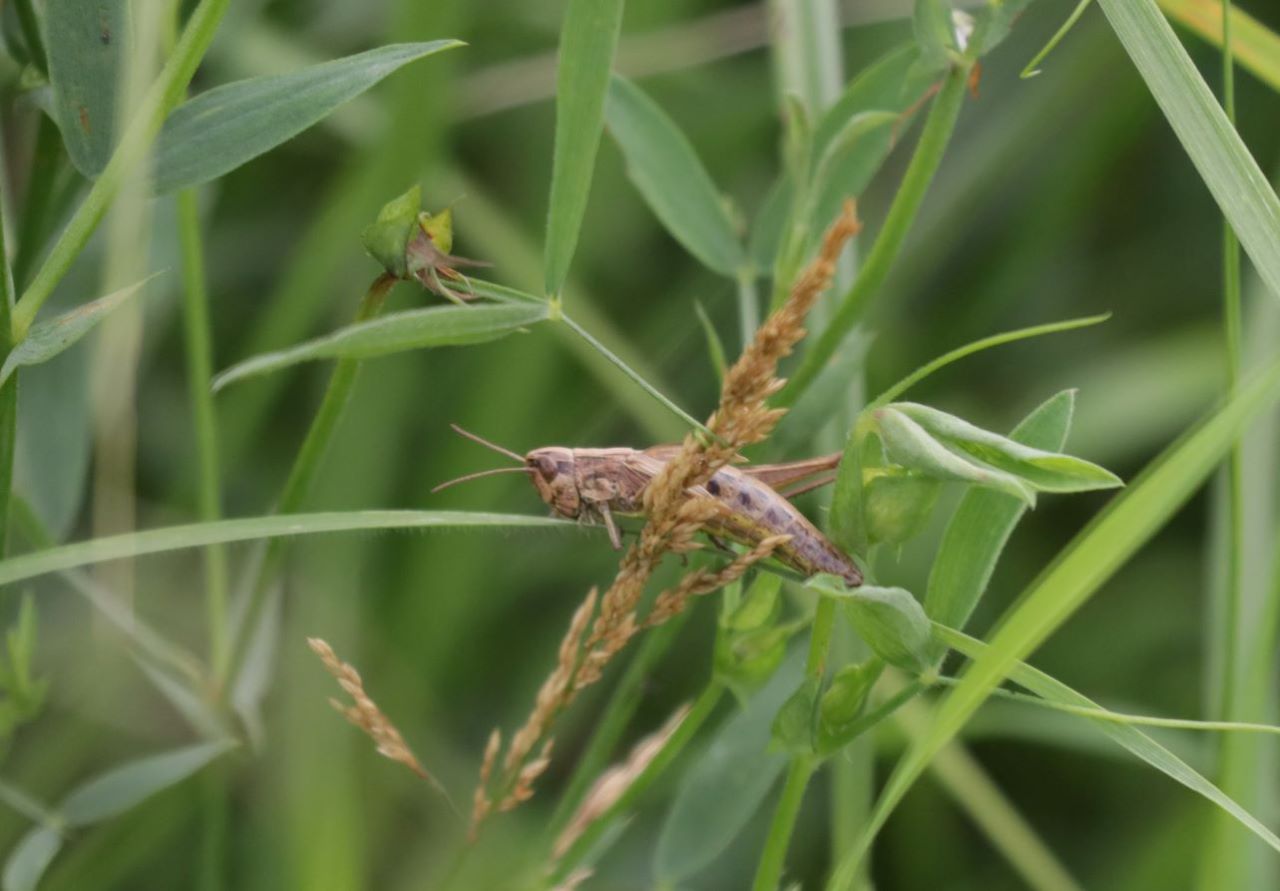
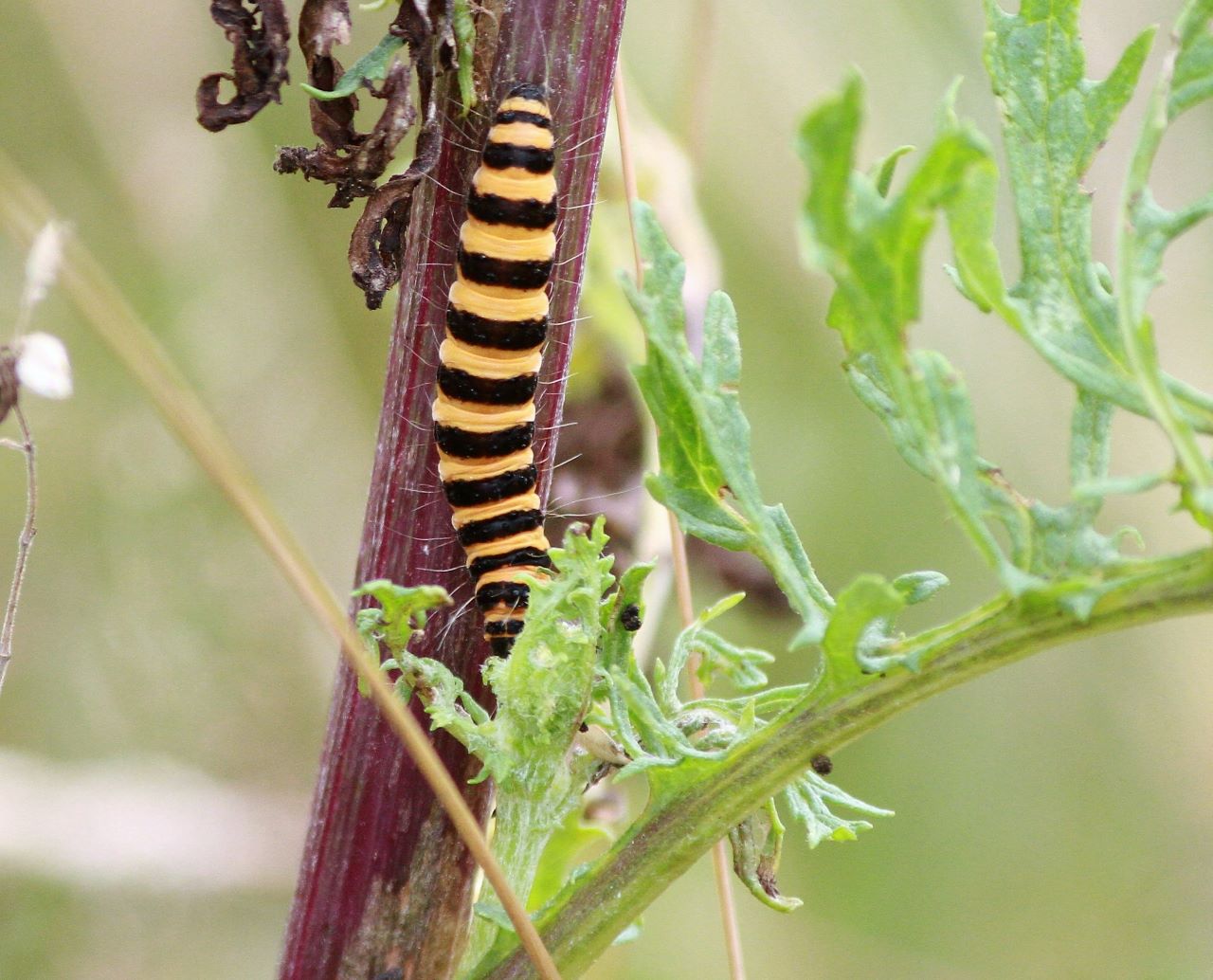
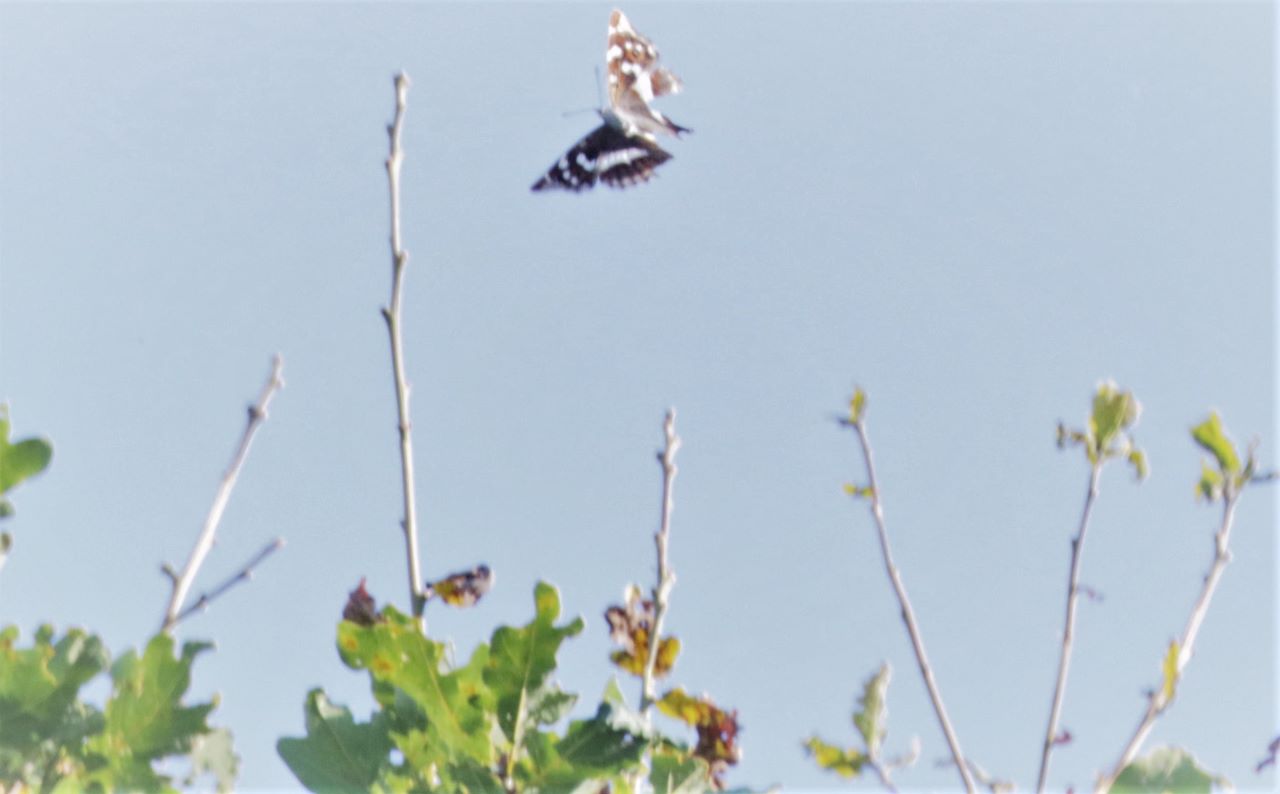

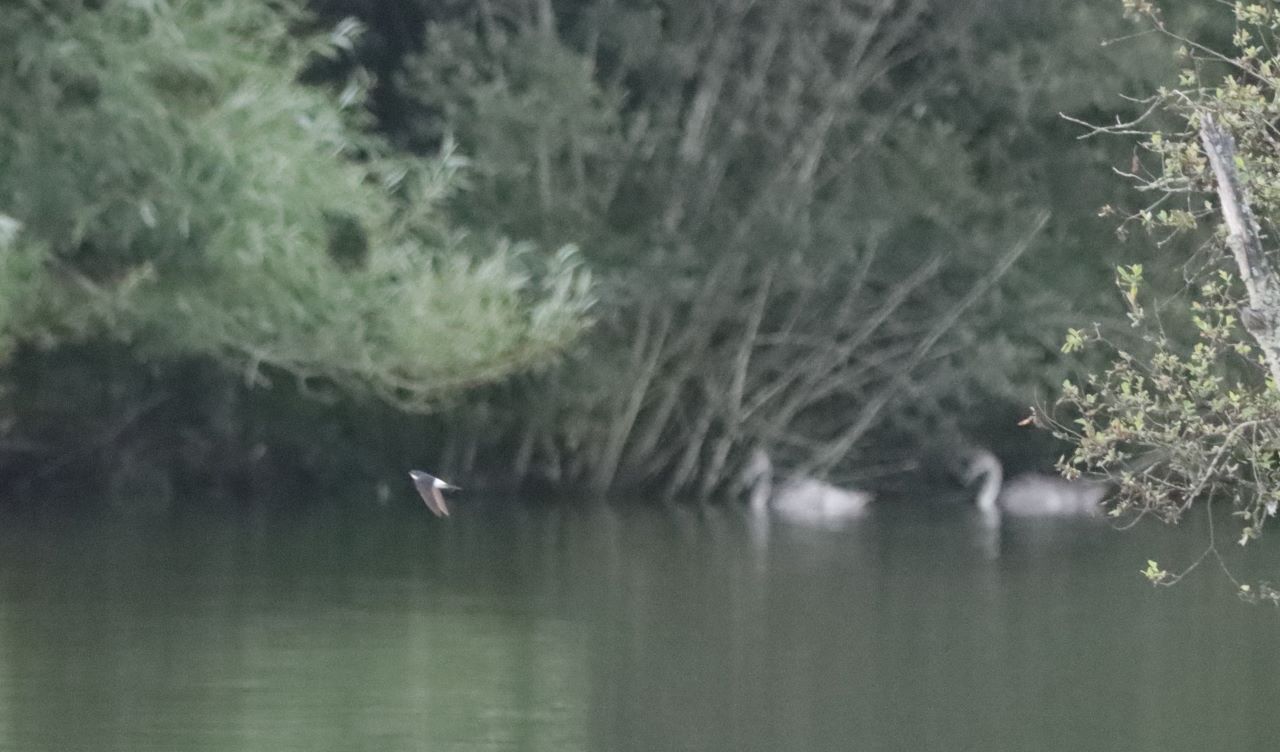
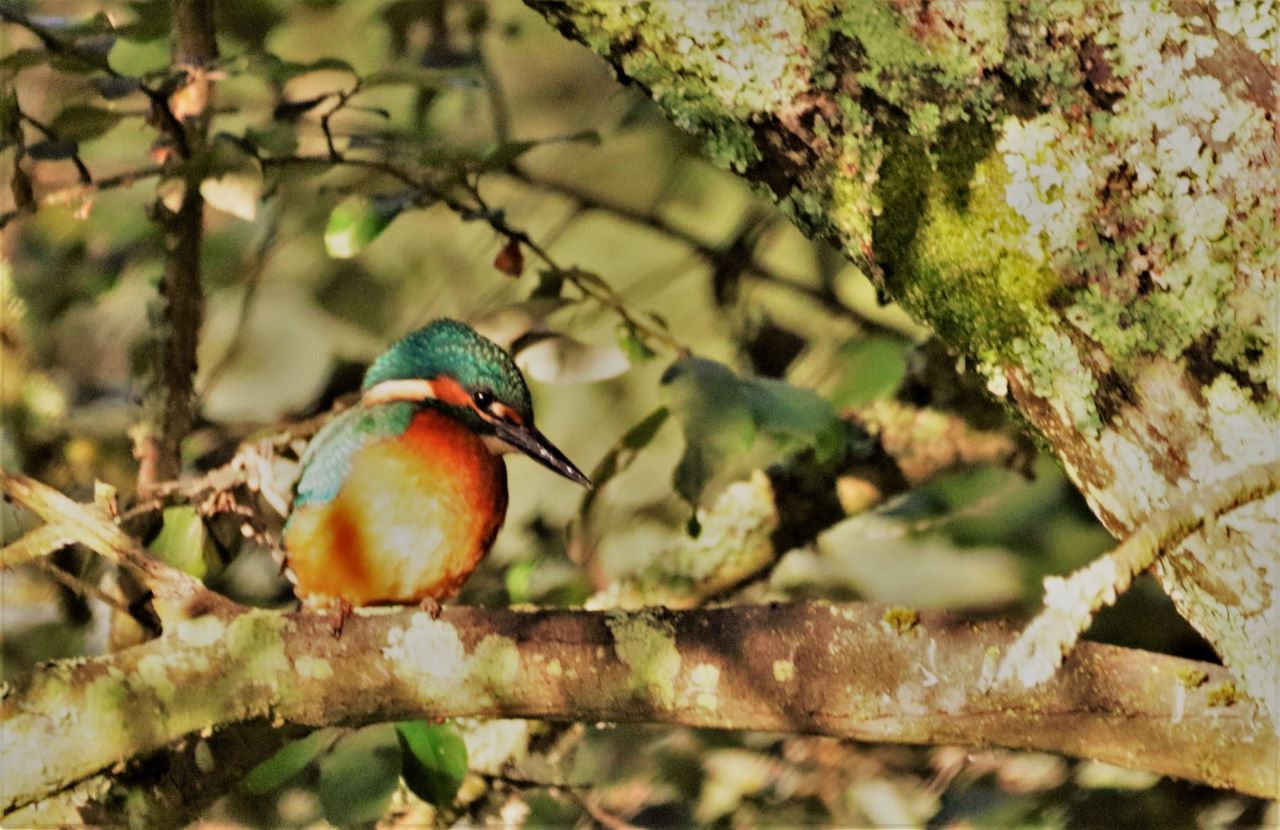
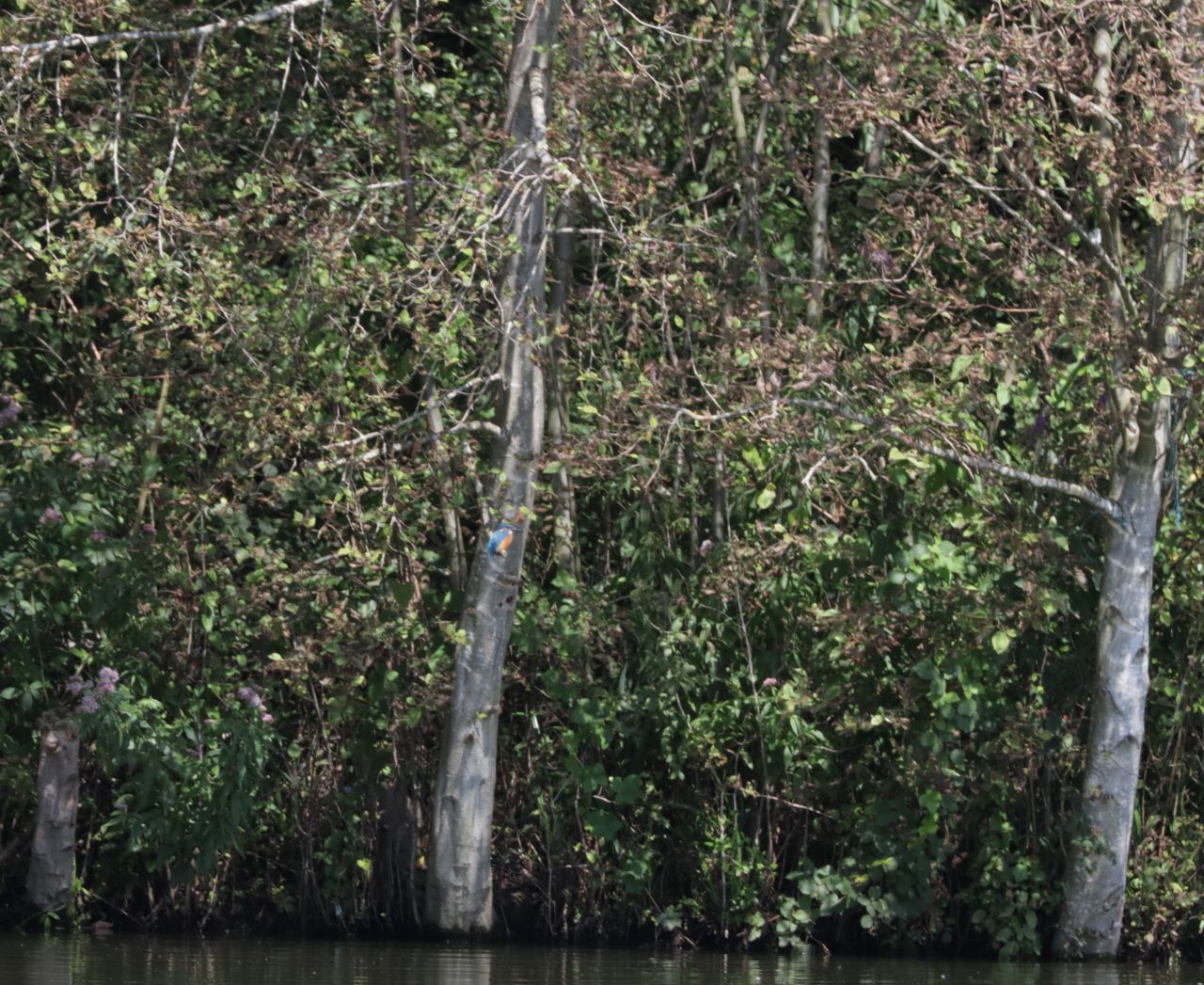

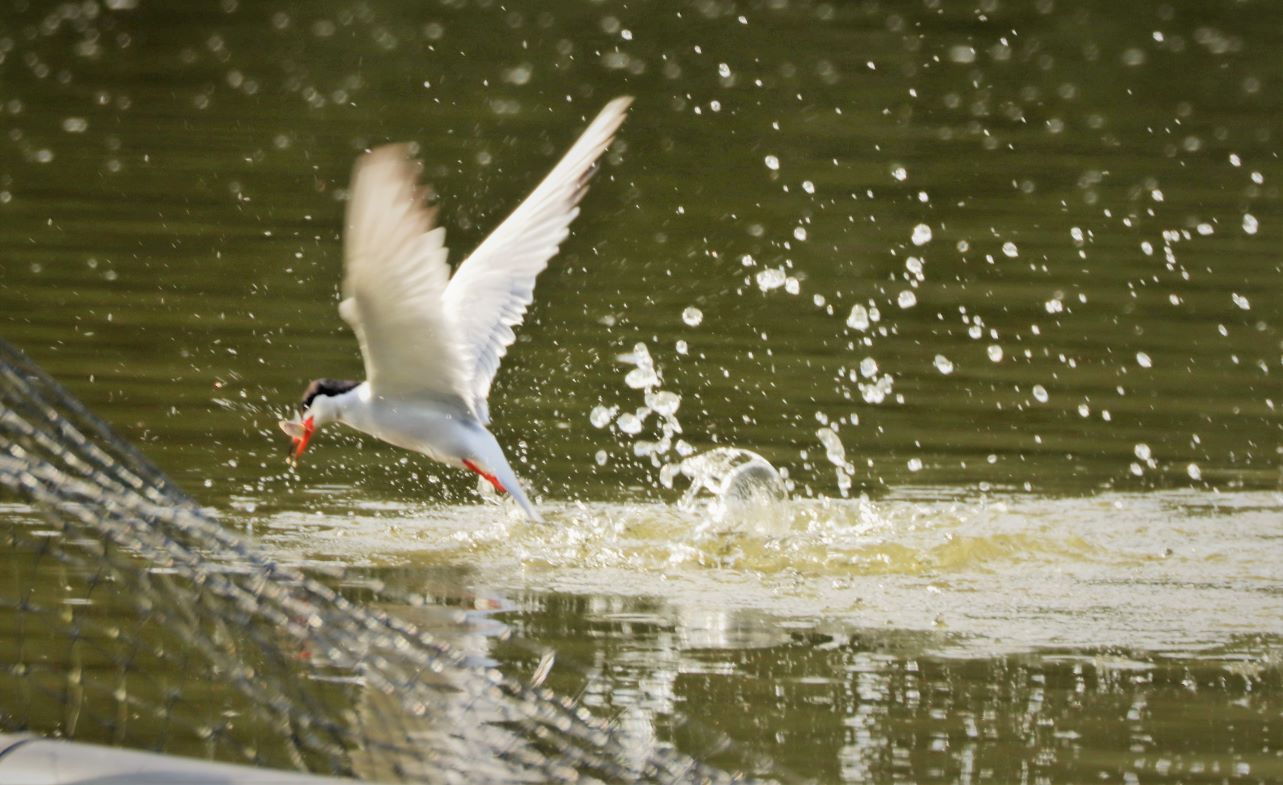


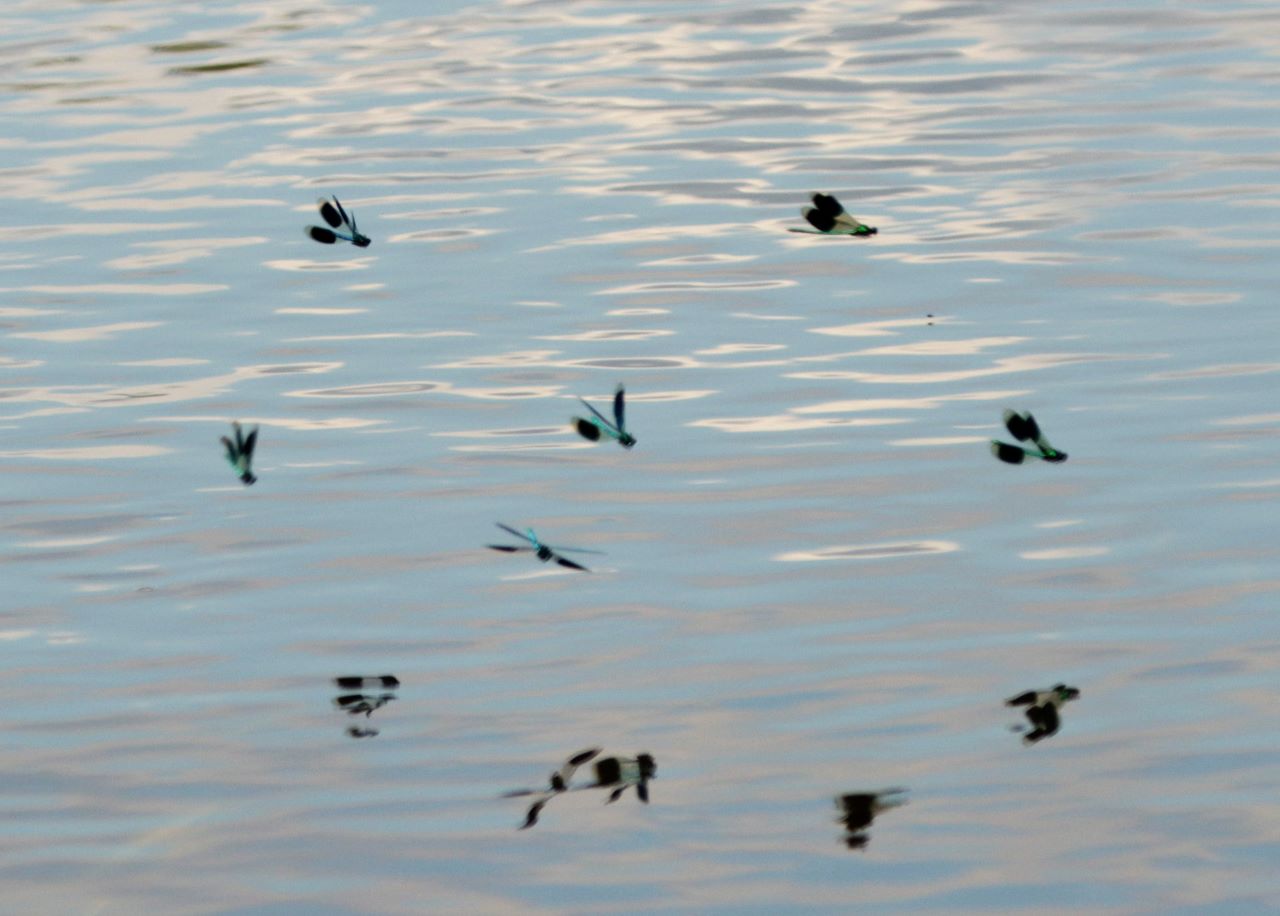

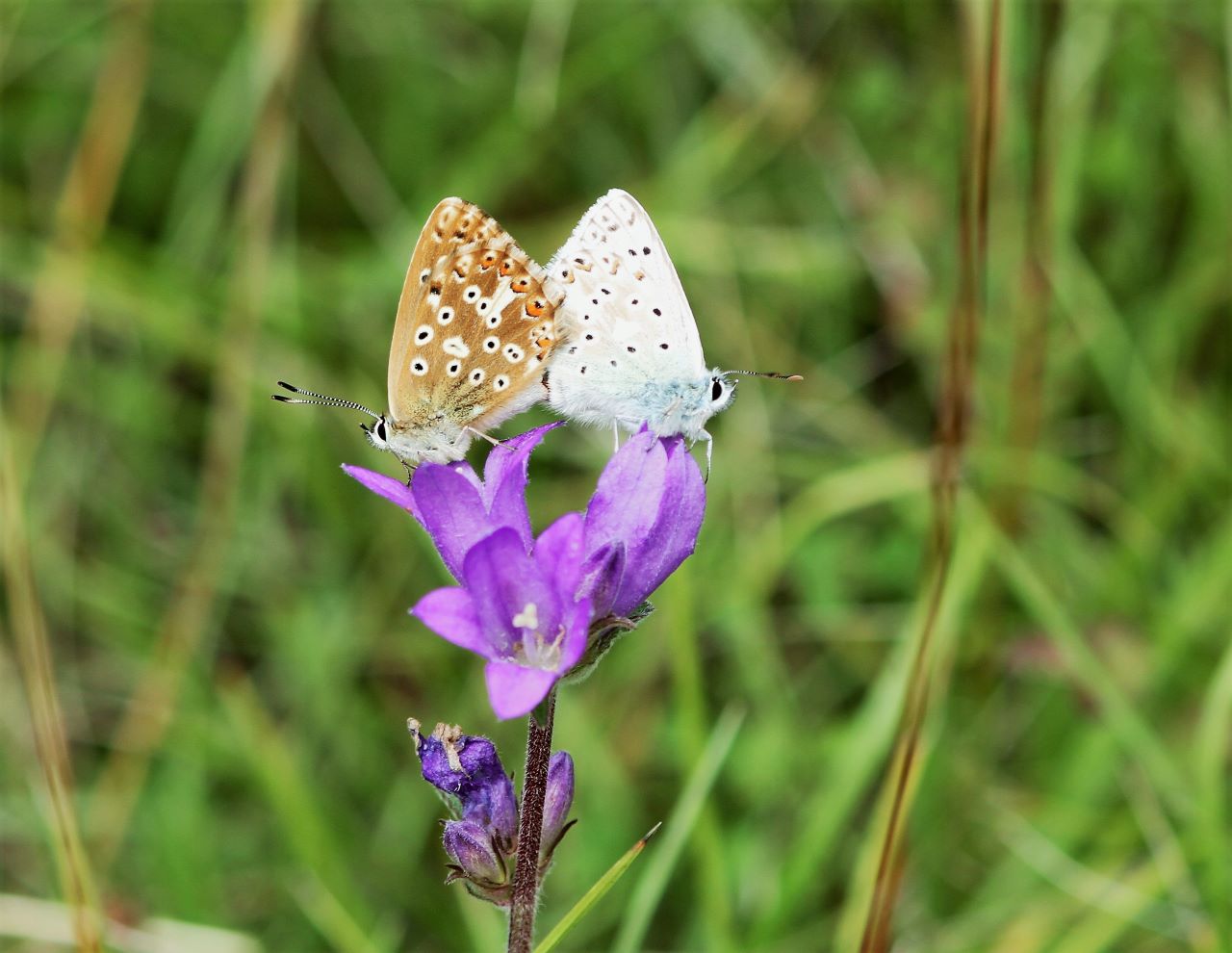
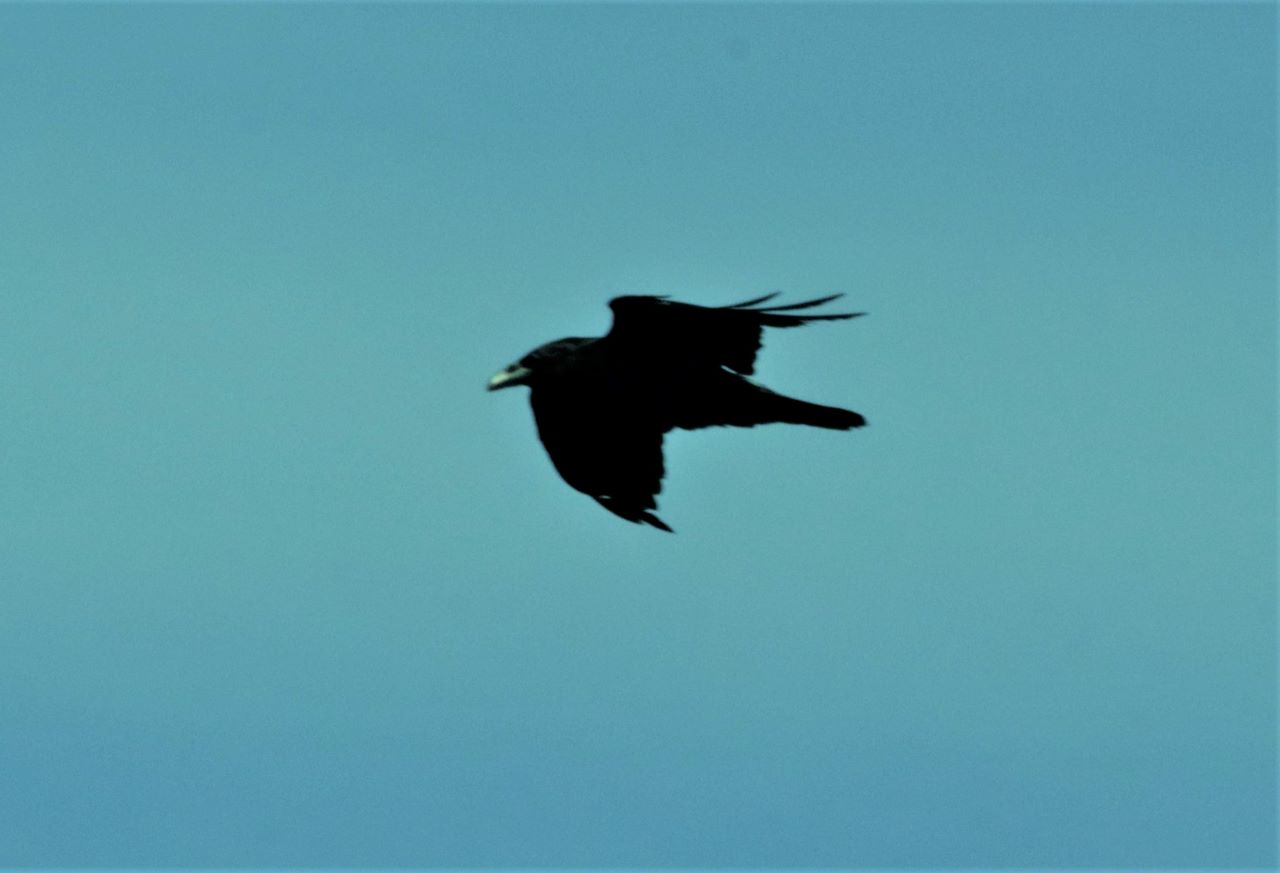
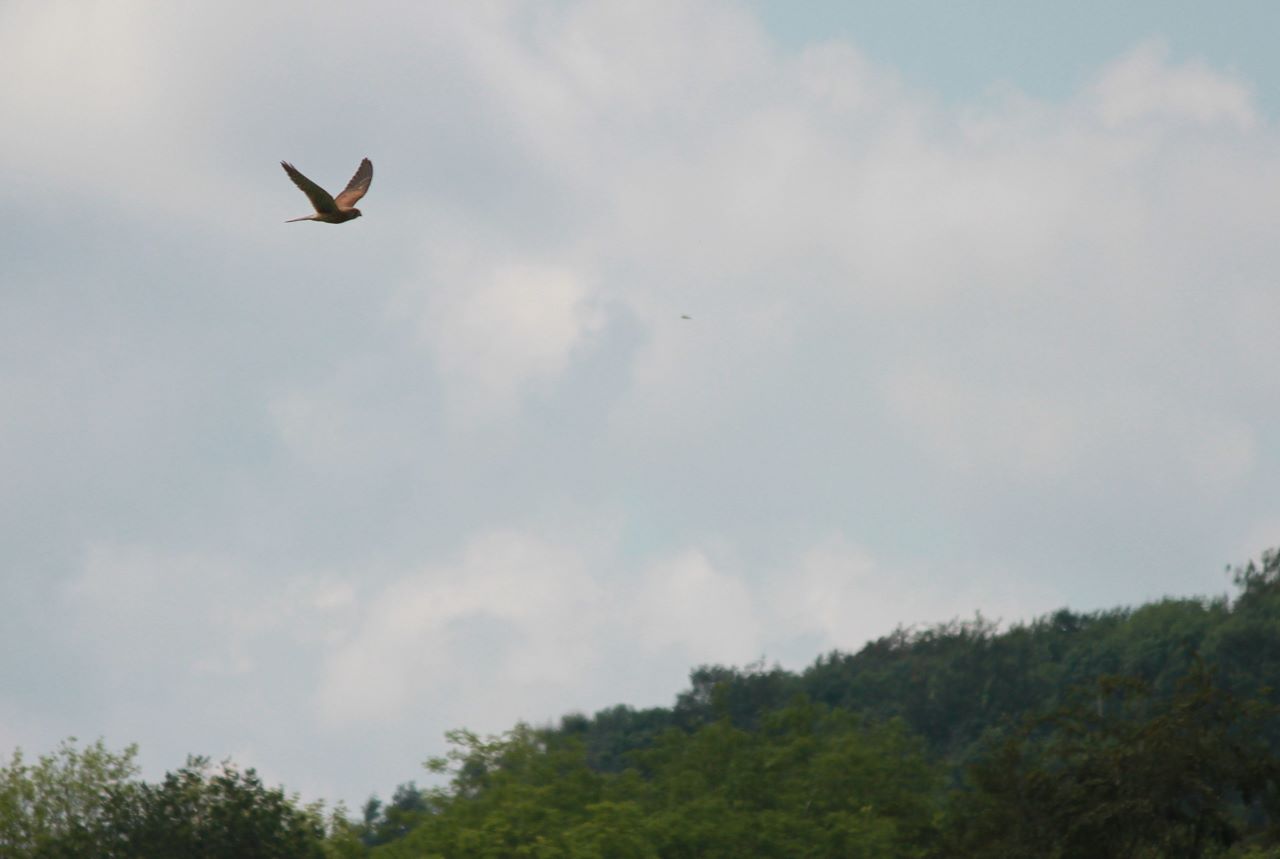

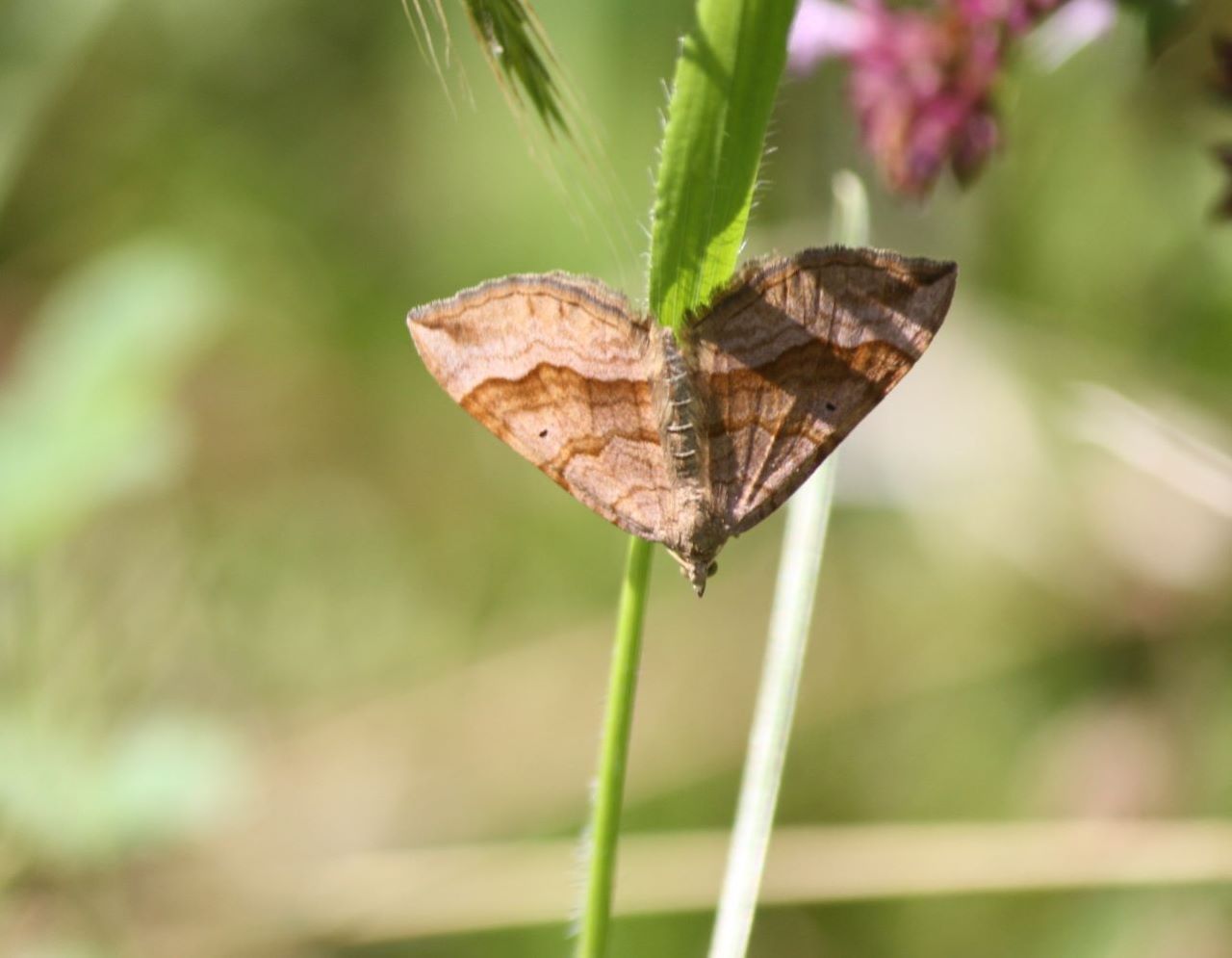



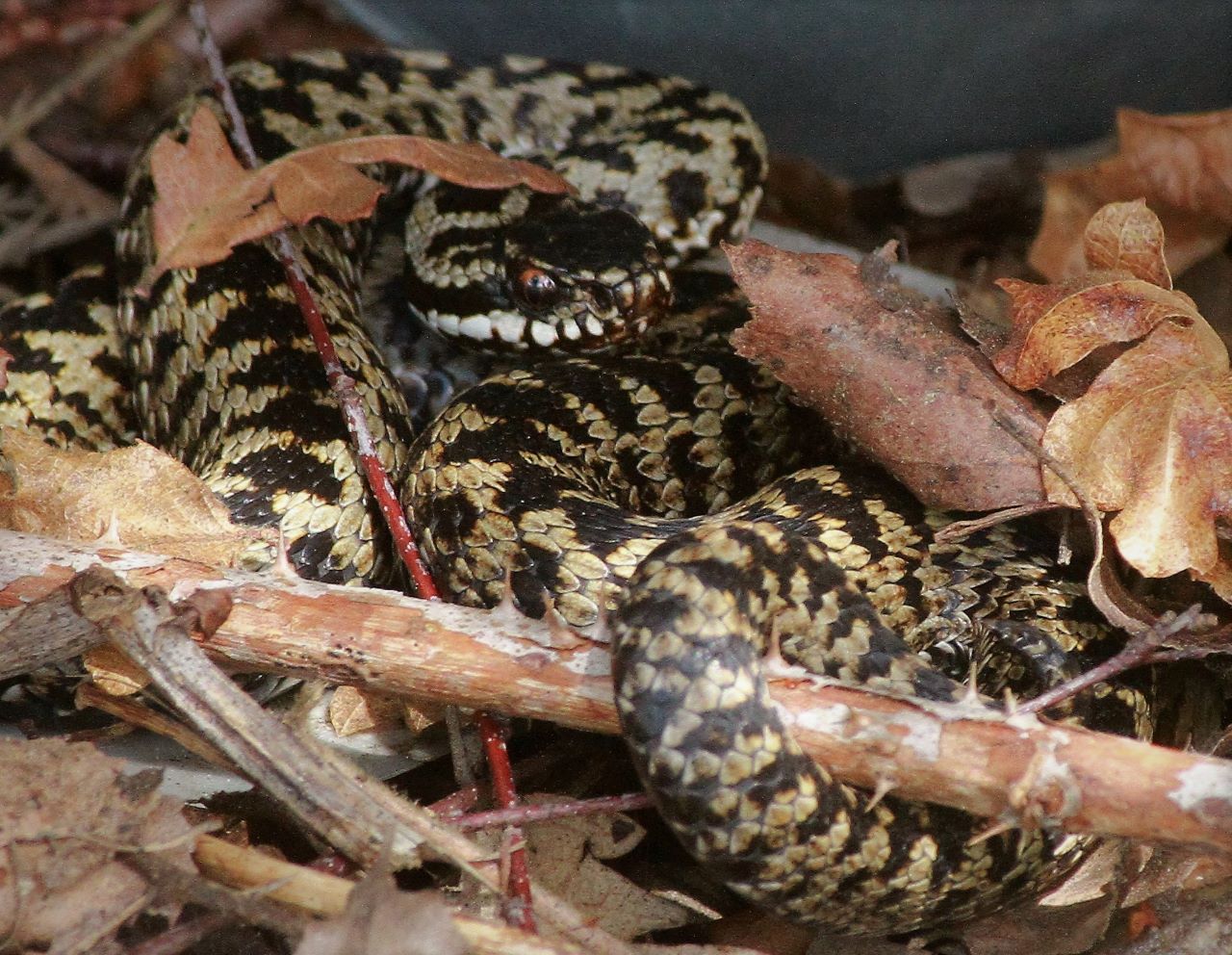
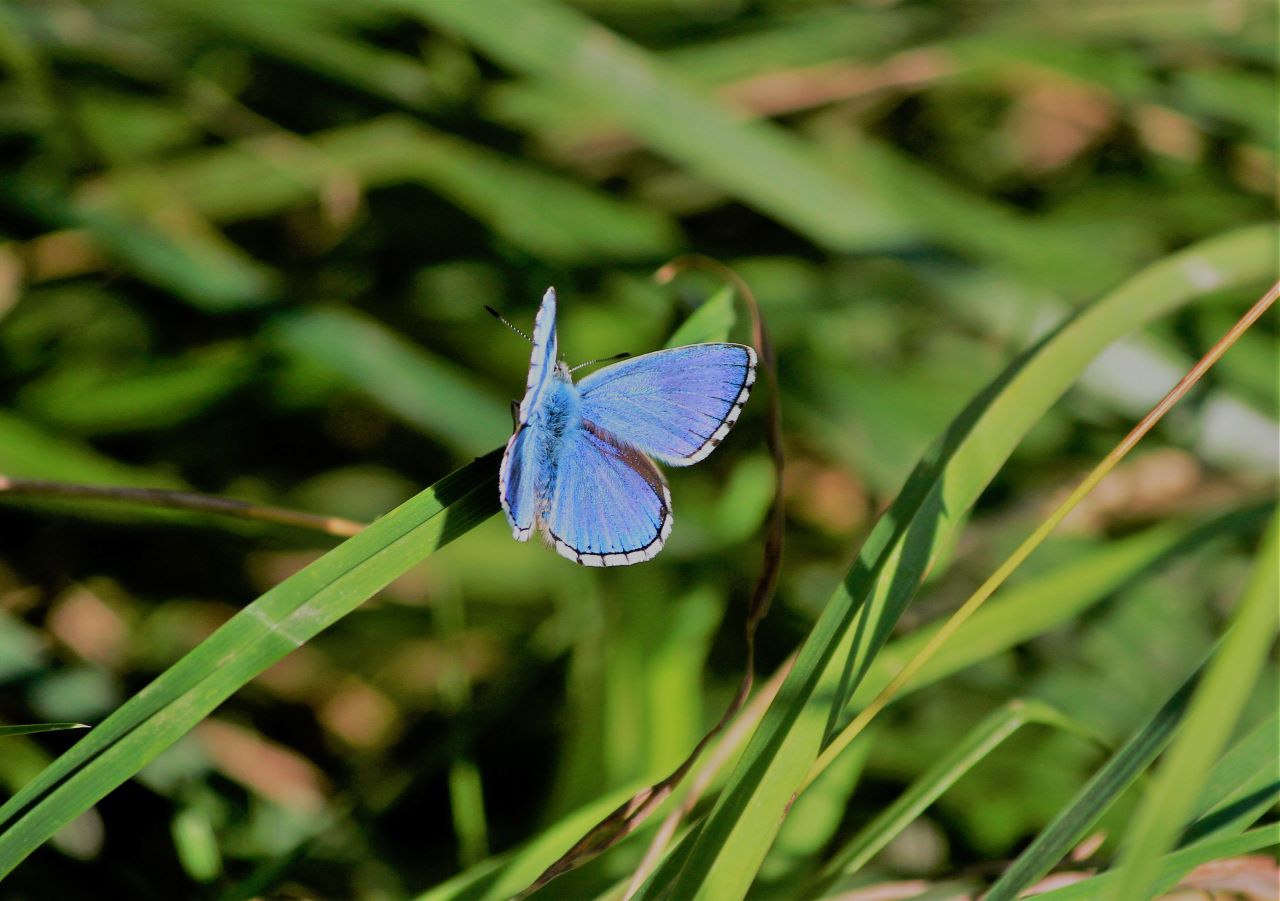
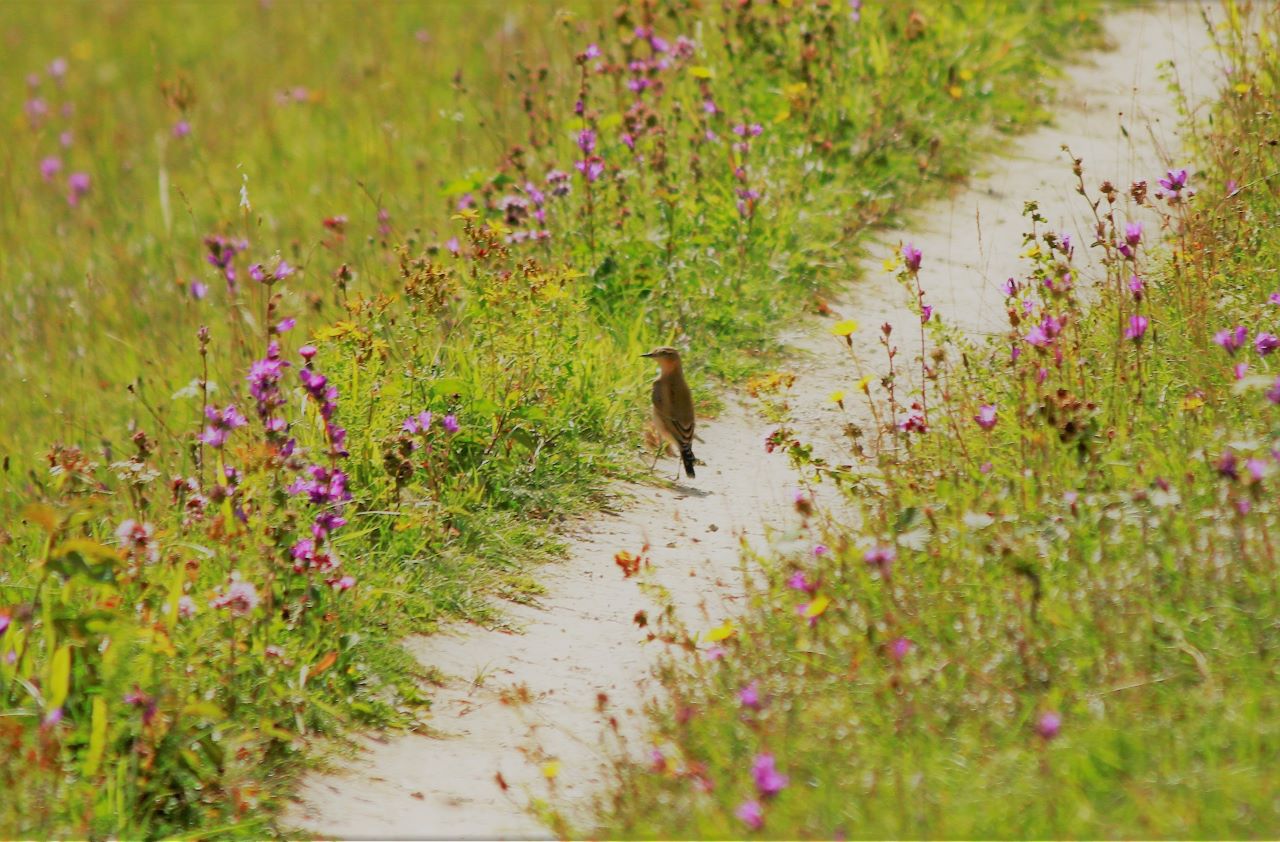



Gerry Robbins
August 19, 2021 at 8:00 am
What an uplifting report. It is so encouraging to know that there is so much natural history to enjoy close to Guildford. Great photos too. I look forward to reading your future reports.